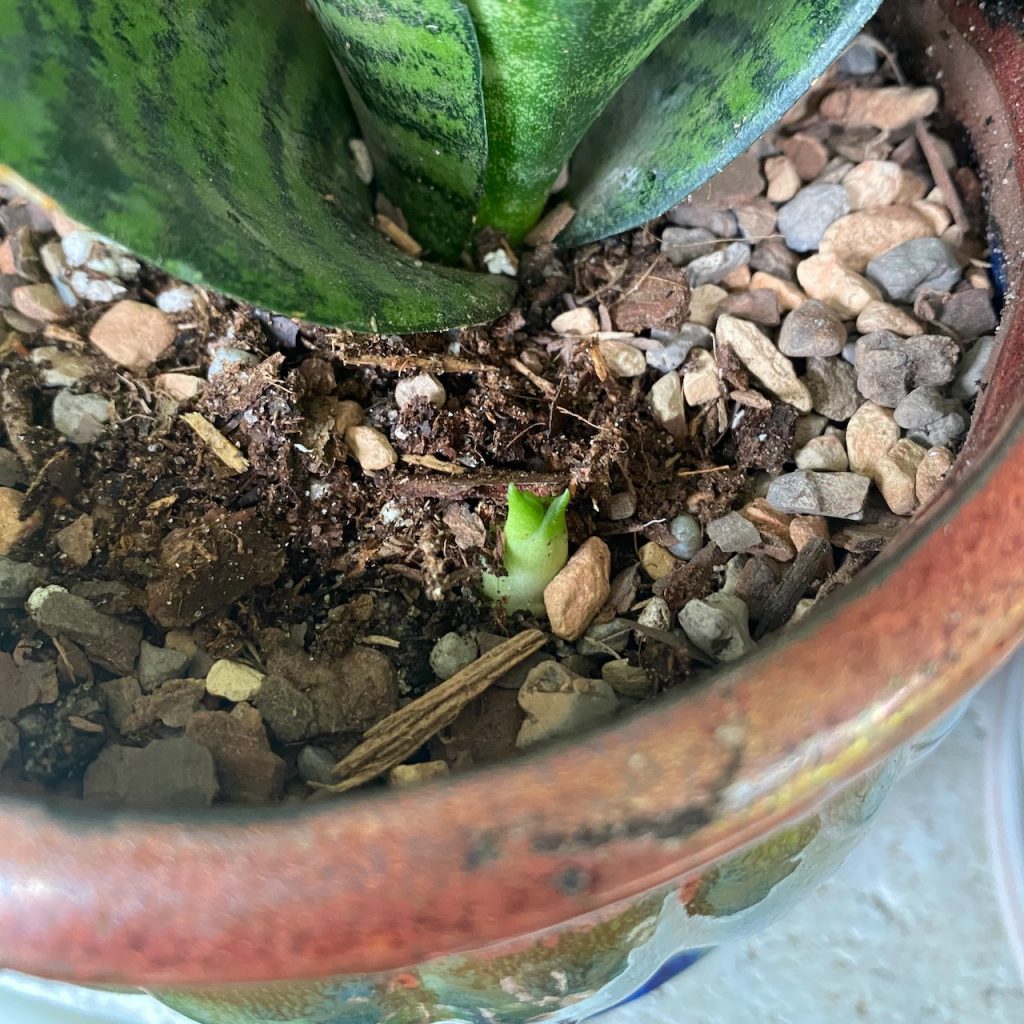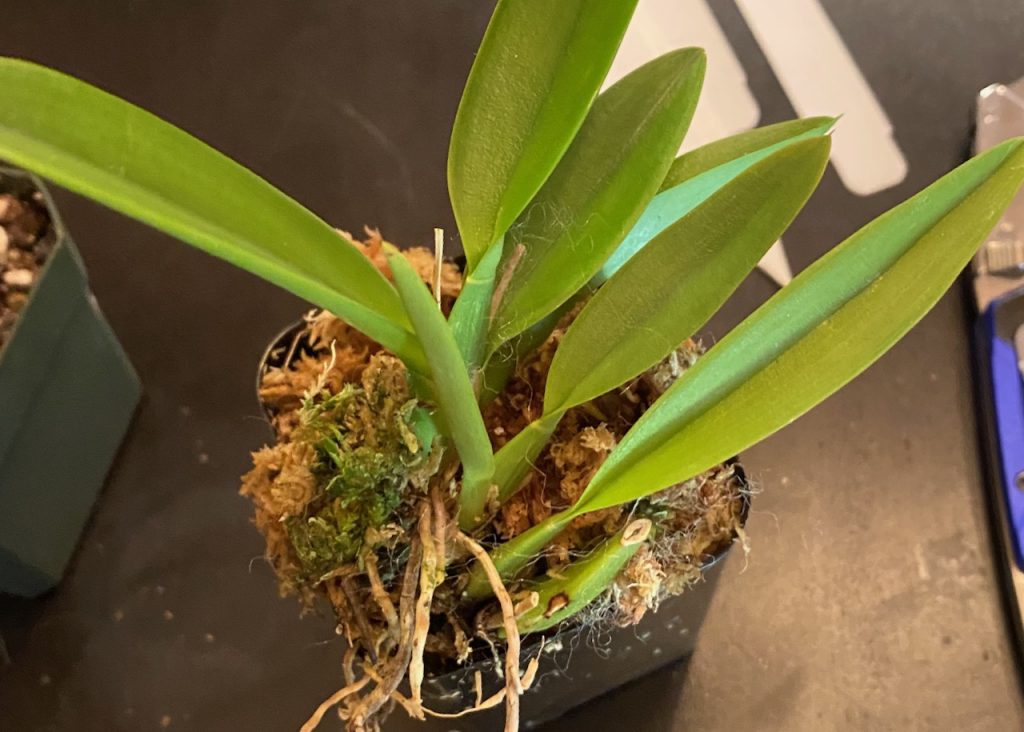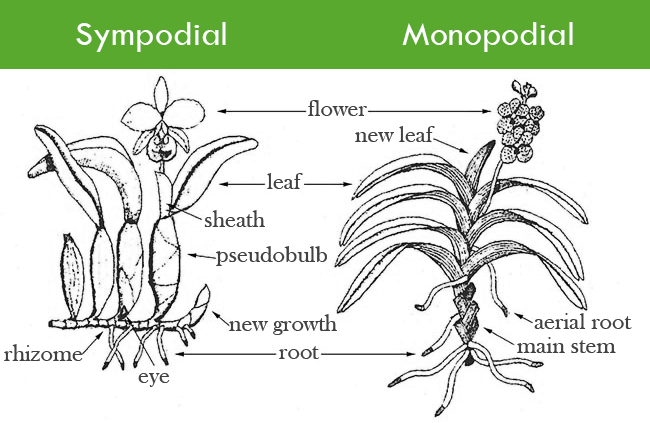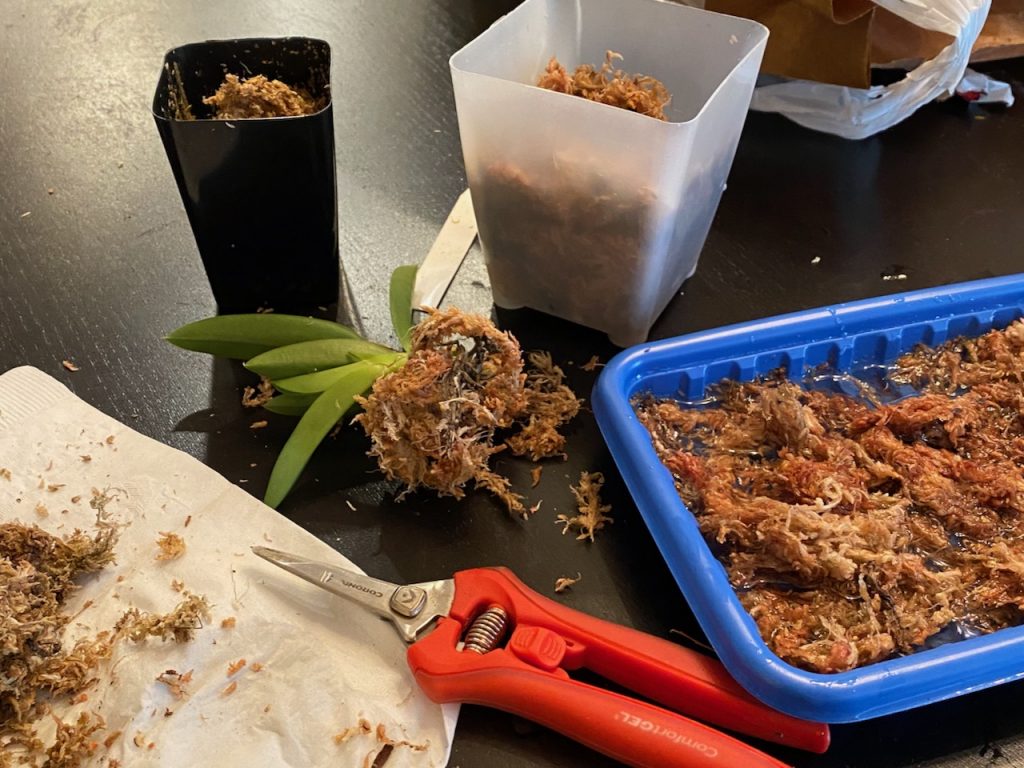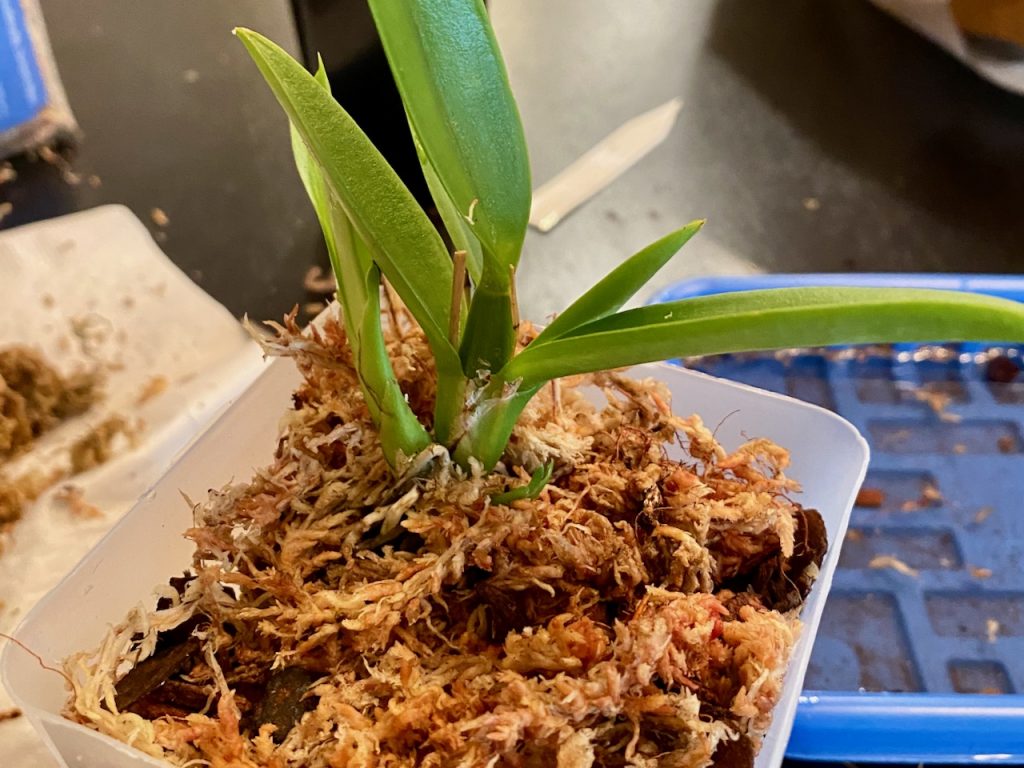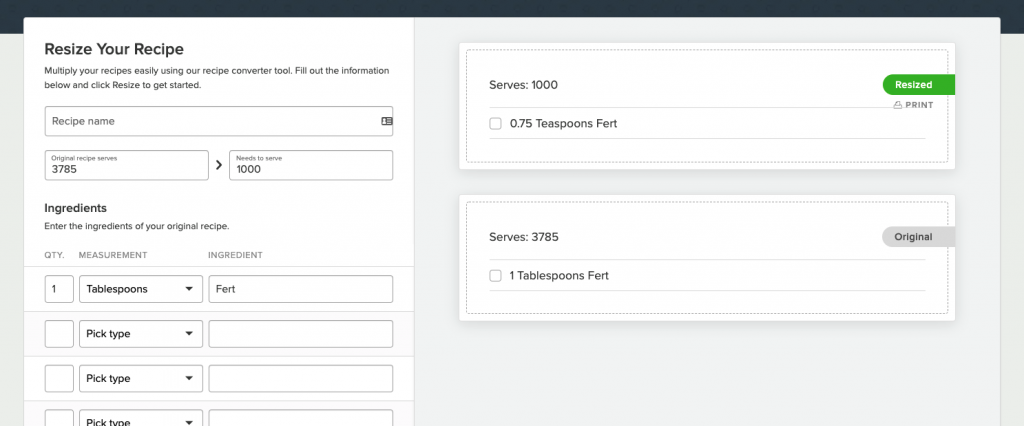I am NOTORIOUS for killing sansevieria plants. I think I’ve killed 3 in the last 15 years maybe? Not quite a rampant serial killer I guess, but not great either.
My problem is overwatering. However, the last one I kept for quite a while until I left it out on the front porch and it just about died from a terrible rainstorm.
I recently got another sansevieria from Home Depot for $4.99. It was small and perfect for my window sill. I’m keeping it on a watering schedule too so I don’t overdo it.
So far it’s been thriving. The other day I just re-potted it into a bigger pot because honestly it needed a new pot the day I brought it home anyway. But while I was inspecting it, I discovered it had a pup!! This was a first for me ever. I felt so proud! Like a plant grandma!
